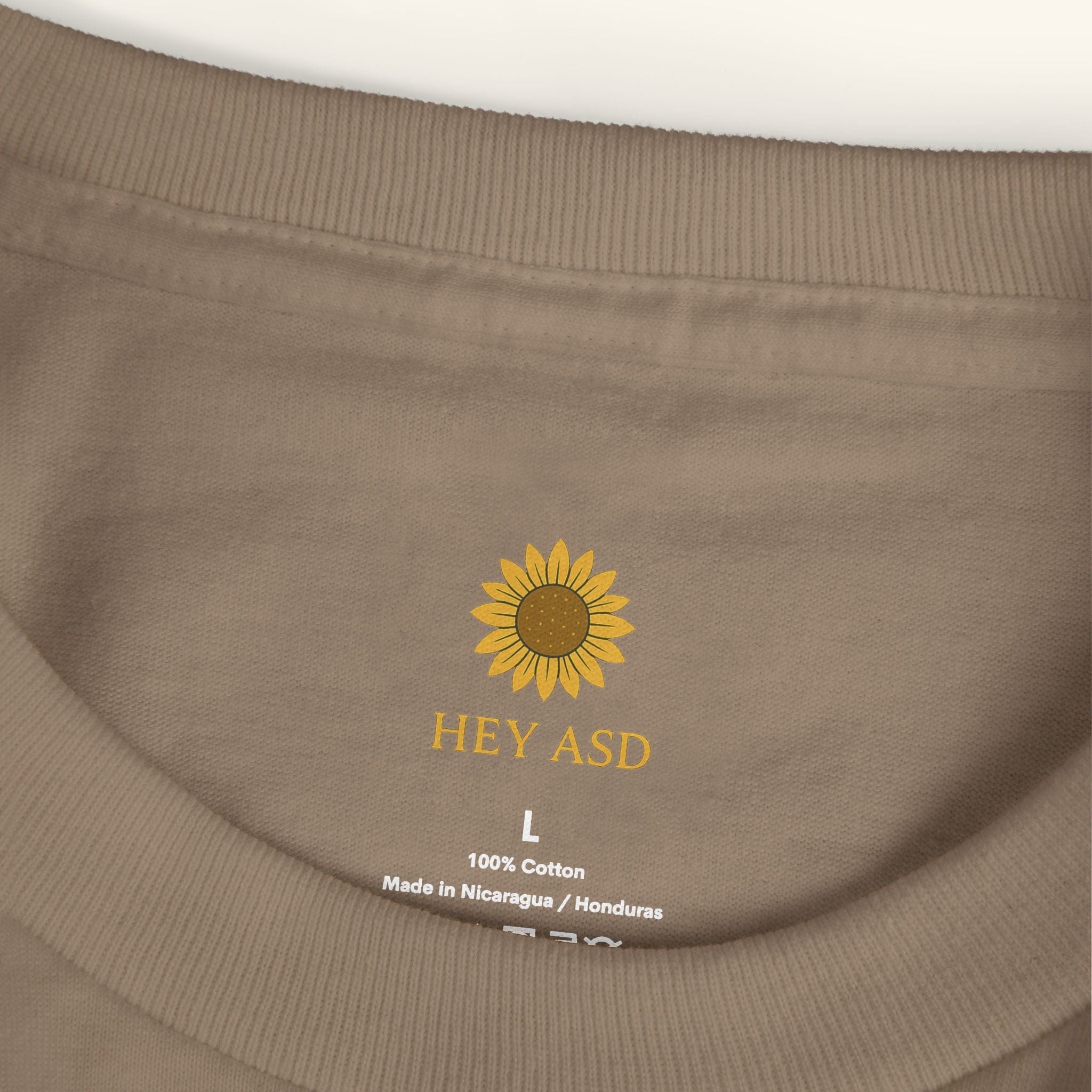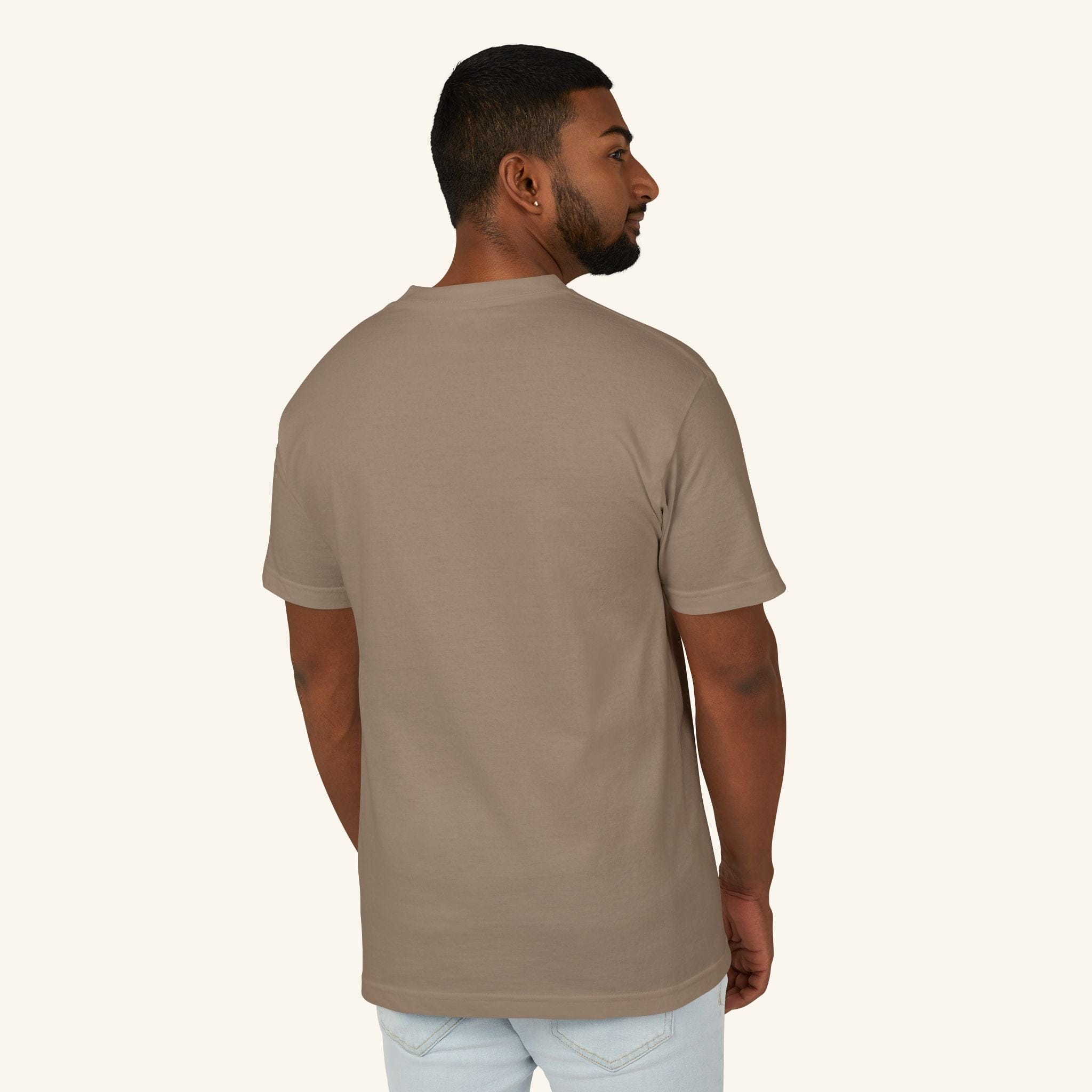Sensory Integration and Behavioral Improvements

Written by the HeyASD Editorial Team
On This Page
Frequently asked questions
What is sensory integration therapy, and how can it help with autism sensory support?
How can I recognize if sensory challenges are affecting behavior in someone with autism?
What are some simple sensory-friendly living tips to create a calming environment at home?
How can behavioral improvements in autism be supported through daily routines?
Are there specific types of clothing, like soft t-shirts, that can provide comfort for sensory sensitivities?
What disability support strategies can families use to better support a loved one with autism?
How can sensory tools be incorporated into everyday activities to reduce stress and improve focus?
What signs should I look for to know if sensory integration therapy might be beneficial?
How can Autism-themed decor or calming blankets contribute to a supportive sensory environment?

About the HeyASD Editorial Team
Autistic‑owned • Values‑led • Sensory‑friendly design
We are autistic creators, writers, and advocates dedicated to producing resources that are practical, sensory-aware, and grounded in lived experience. Our mission is to make information and products that support the autistic community accessible to everyone, without jargon or condescension. Learn more about our team.
This article is written from lived autistic experience and an evidence-aware perspective. It is for general informational purposes only and should not be taken as medical, legal or therapeutic advice.
Always consult a qualified clinician or occupational therapist for individual needs and circumstances.

About Our Autism Blog
HeyASD isn’t just a store, it’s a calm, supportive space created by and for autistic adults. Our blog shares sensory-friendly tips, identity-affirming stories, and heartfelt resources for navigating life as an autistic person. Whether you're late-diagnosed, exploring your needs, or supporting someone you love, you're welcome here.
Thank you for reading. We hope these resources bring comfort and clarity.




































